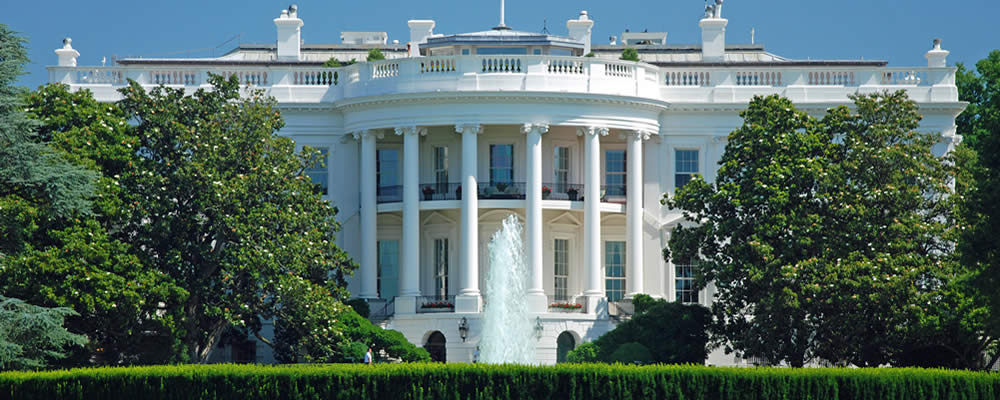The Euro US Dollar (EUR USD) exchange rate declined on Tuesday as markets continued to react to the progress made on US tax reform, with some mixed Eurozone ecostats proving insufficient in buoying the Euro.
US Tax Reform Faces Next Hurdle, USD Exchange Rate Holds Steadfast
After successfully getting US President Donald Trump’s tax reform bill through the Senate last week Republicans are now starting to haggle on the final details – with many aspects of the bill remaining in flux.
Trump is now faced with reconciling the Senate and House version of the bill, two variations that differ on aspects like the number of tax brackets, inheritance tax, health care and other reductions.
The senate plan – for example – pushes to delay the reduction in corporate taxes by one year.
Where the bills converge, however, is on significant aspects like the cutting of the US corporation tax from 35% to 20% – an event that would make America a more attractive option for businesses.
In this sense the market outlook for the ‘Greenback’ is mostly positive, with economists pricing in that the tax reform will be successfully reconciled and written into law and many economists also predicting a rate hike from the US Federal Reserve later this month.
The USD continues to ride on this wave of optimism.
Eurozone Ecostats Fail to Bolster the Euro US Dollar (EUR USD) Exchange Rate
Mixed data from the Eurozone today failed to successfully buoy the EUR USD exchange rate, with the Markit services and composite PMI readings both proving positive, but retail sales for the bloc dropping unexpectedly.
The IHS Markit Eurozone composite PMI index printed at 57.5 in November, matching the flash estimate and beating the previous month’s 56.
This assessment pointed to the strongest rate of expansion for the private sector in some 7 years, with new orders demonstrating the largest gain since February 2011 and job creation rates soaring to the highest level in 17 years.
Manufacturing output also proved positive, increasing the most since April 2000, whilst service sector growth leapt to a six-month high.
Accelerated growth was reasonably broad-based, with progress recorded in France, Ireland, Germany, Italy and Spain.
Conversely, retail sales in the Eurozone plummeted in October, with the year-on-year reading falling from 4.0% to 0.4%, significantly below the 1.6% forecast.
Month-on-month the reading similarly contracted, this time from 0.8% to -1.1% (with a forecast of -0.7%).
Claus Vistesen, Chief Eurozone Economist at Pantheon Macroeconomics, stated:
‘October was a month to forget for retails in the Eurozone. Sales were hit by weakness across the broad but a 3.1% month-to-month plunge in spending on textiles and clothing stands out as the main dark spot. Overall, spending on non-food – including online trade – fell 1.1% and the headline was further depressed by a 1.3% and 0.1% decline on food and automotive fuel respectively’.
Falling spending in France and Germany was predominantly responsible for this drag, though the news was ultimately quite poor across the board.
Nonetheless, survey data suggests that November and December will be much higher, with the traditional Christmas shopping sprees likely to once again bolster the figure.
Fed Rate Hike Expectations, EUR USD Exchange Rate Forecast
The US Federal Reserve is expected to raise interest rates for a third and final time this month, according to a poll on Reuters economists, with the majority of those surveyed now also expecting three more rate hikes in 2018 compared to the two that were expected previously.
This poll is consistent with the Fed’s own projections, though there remains a split among Fed policymakers, particularly on the subject of consistently low inflation.
Many economists, including Brett Ryan, Senior US Economist at Deutsche Bank, have claimed that the planned rate hike will not negatively affect the US economy, however, even if inflation is low.
Ryan stated:
‘This is about just getting back to a neutral level where monetary policy is neither encouraging growth nor pushing against growth. […] The Fed can hike without slowing the economy’.
This outlook will likely continue to bolster the ‘Greenback’ as we make our way through December.
Notable ecostats today will be the US trade balance readings and the ISM non-manufacturing/services composite figure – with the US trade deficit expected to rise from -$43.5b to -$47.0b.
If this occurs then the EUR USD exchange rate may steady somewhat, even if it is short-lived.



